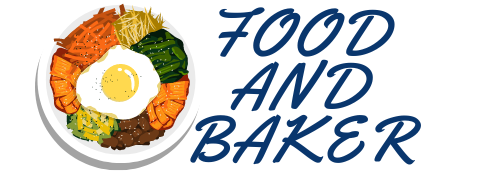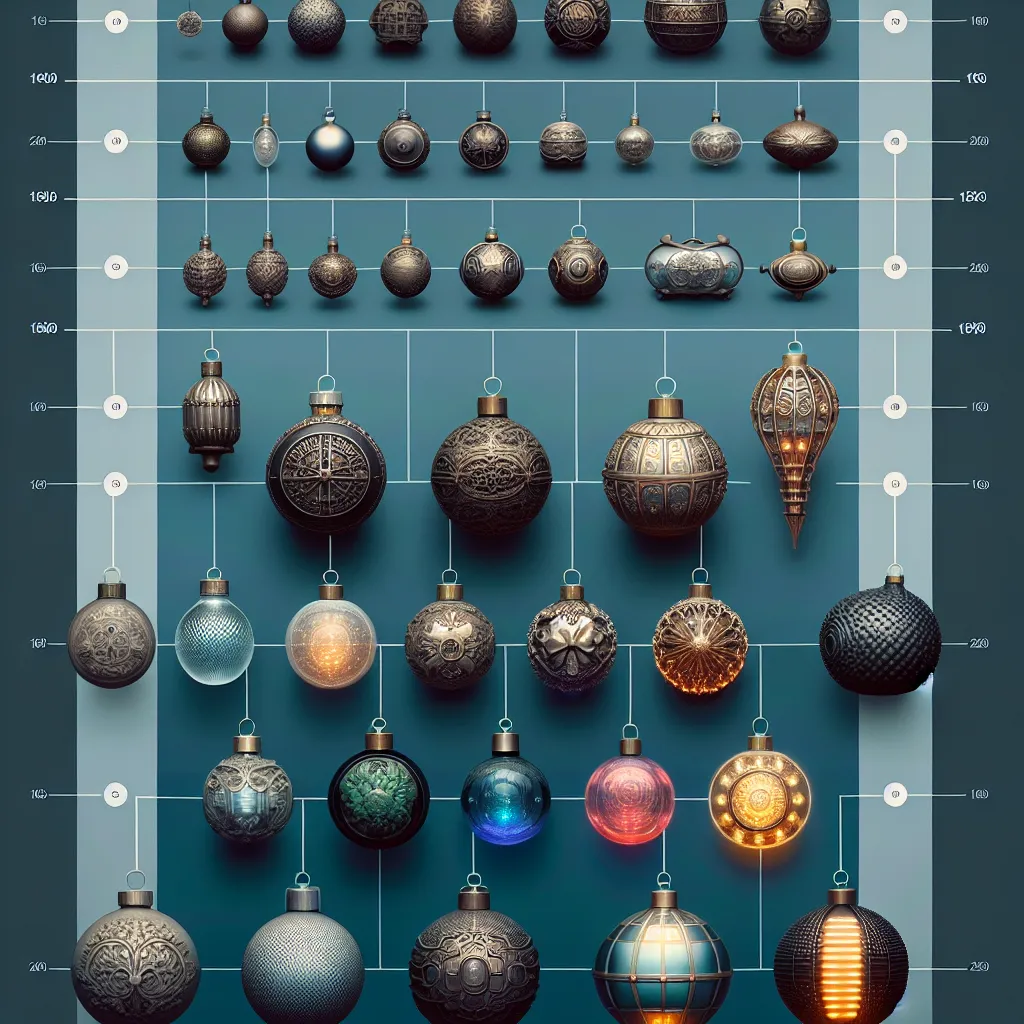Origins of Baubles
The history of baubles can be traced back to ancient civilizations, where decorative items were used to adorn homes and public spaces. The origins of baubles, particularly in the context of holiday decorations, can be found in early German traditions. The use of bright and shiny objects, such as fruits, nuts, and candles, as decorations during the winter solstice dates back to the 16th century in Germany.
It wasn’t until the 19th century that baubles in the form of glass ornaments became popular, particularly due to the influence of the Germans. These glass baubles were initially hand-blown and hand-decorated, making them a prized and expensive decoration. However, with industrialization, the production of glass baubles became more efficient and affordable, leading to their widespread popularity not only in Germany but also across Europe and beyond.
As the tradition of decorating Christmas trees spread, so did the use of baubles. The Victorians played a significant role in popularizing the Christmas tree and the use of baubles, incorporating elements of folklore and fairy tales into their decorations. This further contributed to the cultural significance of baubles as a symbol of holiday festivity and cheer.
From their humble origins in ancient civilizations to the elaborate glass ornaments of the 19th century, baubles have evolved to become a beloved and essential aspect of holiday decorations around the world.
Evolution of Baubles Through the Ages
The history of baubles dates back to ancient times when people used natural materials such as berries, nuts, and flowers to adorn themselves and their surroundings. However, it was not until the 16th century in Germany that the tradition of decorating Christmas trees with baubles as we know them today began. These early baubles were made of blown glass and were often hand-painted with intricate designs. Over time, the production of baubles became more sophisticated, with the introduction of molds and mass production techniques in the 19th century.
As the centuries passed, the evolution of baubles saw the introduction of new materials such as plastic, metal, and even fabric. Designs became more varied, ranging from traditional round shapes to intricate figurines and novelty items. The 20th century brought further innovation, with the introduction of electric lights within baubles, adding a new dimension to their decorative appeal.
Today, baubles come in an endless array of styles, colors, and sizes, catering to diverse tastes and traditions. From vintage-inspired designs to modern, minimalist aesthetics, baubles continue to evolve to reflect the ever-changing trends in decoration. The evolution of baubles through the ages is a testament to their enduring appeal and their ability to capture the spirit of celebration and festivity across different cultures and time periods.
Symbolism and Significance of Baubles
Baubles, also known as Christmas ornaments, have a rich history filled with symbolism and significance. These decorative items have been a beloved part of holiday traditions for centuries, with roots that can be traced back to ancient civilizations.
In many cultures, baubles are seen as symbols of light and hope during the dark winter months. The tradition of hanging baubles on trees dates back to the 16th century in Germany, where they were originally made of fruit, nuts, and other natural materials. Over time, they evolved into the colorful glass ornaments that we are familiar with today.
The spherical shape of baubles is often associated with unity and completeness, while their shiny surfaces reflect light and are reminiscent of stars, adding to their symbolic significance. In some cultures, the act of decorating a tree with baubles is believed to bring good luck and ward off evil spirits.
Baubles are also a way for families to create and preserve memories. Many families have cherished heirloom baubles that have been passed down through generations, each one representing a different chapter in their family history.
In modern times, baubles continue to hold special meaning for people around the world, serving as a reminder of the joy and togetherness that the holiday season brings. Whether they are handed down as heirlooms or carefully chosen each year, these ornaments carry with them a sense of tradition and nostalgia that adds an extra layer of warmth to the festive season.
Modern Day Bauble Trends
Modern day bauble trends have evolved from traditional decorations to a wide array of innovative and personalized options. While baubles were once primarily simple, round ornaments used to adorn Christmas trees, they have now become a key element of seasonal decor. Today, individuals have the opportunity to explore a variety of bauble trends that cater to diverse tastes and preferences.
One prevalent trend in modern baubles is the use of unconventional materials. Designers and consumers alike have been experimenting with materials such as acrylic, wood, and even sustainable options like recycled glass. These non-traditional materials offer a fresh and contemporary twist to the classic bauble, adding a unique touch to holiday decorations.
Personalization has also become a prominent feature in contemporary bauble trends. Many individuals seek customized baubles that reflect their personal style and sentiment. Whether it’s through monogramming, photo-printing, or hand-painting, the ability to personalize baubles has gained popularity, making them meaningful keepsakes for families and individuals.
Furthermore, thematic and novelty baubles have gained momentum in recent years. From miniature succulent-shaped baubles to celestial-themed ornaments, there is a growing demand for baubles inspired by specific themes and interests. This trend allows individuals to express their personality and hobbies through their holiday decor, adding a playful and whimsical element to their homes.
In conclusion, modern day bauble trends have transformed these once-simple ornaments into versatile and expressive decor pieces. With a focus on unconventional materials, personalization, and thematic designs, baubles have become a dynamic and integral part of contemporary holiday decorating.

